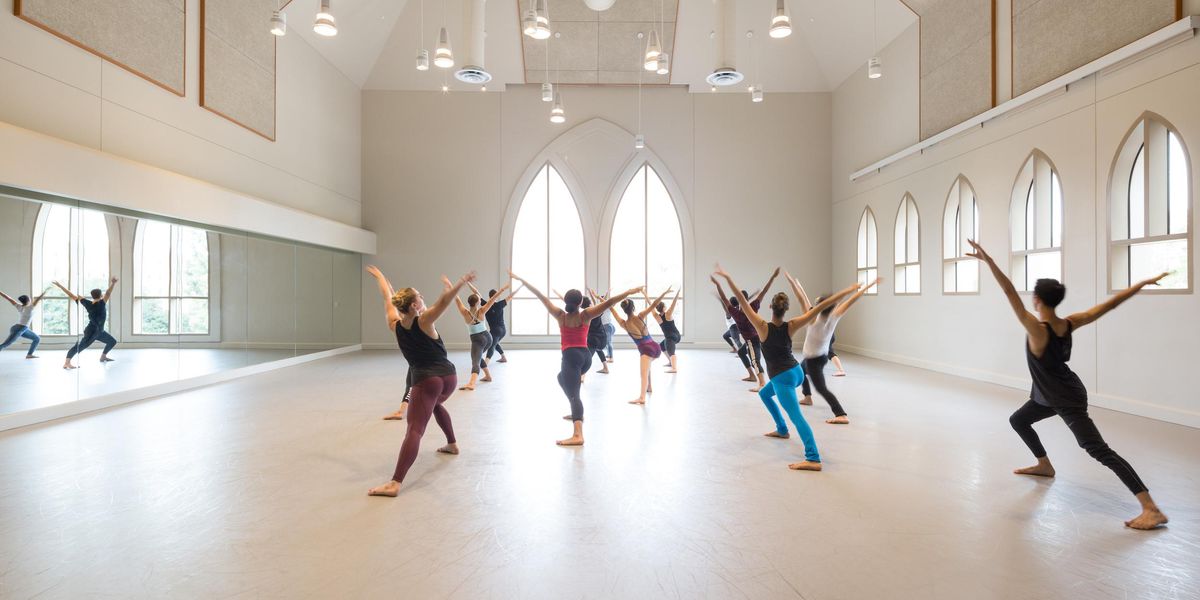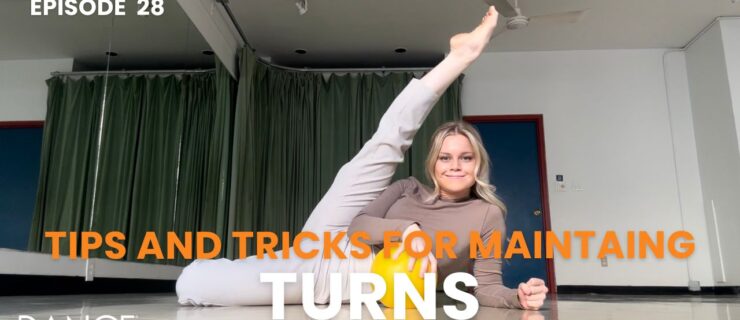Teacher's Wisdom
In 2005, American Ballet Theatre asked Franco De Vita to become the principal of the Jacqueline Kennedy Onassis School, a new institution devoted to training ABT dancers of the future. Born in Italy and raised in Belgium and France, De Vita combines a Gallic effervescence with a no-nonsense approach to teaching. His European sensibility was nurtured as a professional dancer in Germany and France. Upon retirement, De Vita acquired the Enrico Cecchetti Diploma and received the highest teaching degree from the Accademia Nazionale di Danza in Rome. Before coming to the JKO School, he served as the dean of faculty and curriculum for the Boston Ballet School. De Vita spoke to Dance Magazine about his perspective on teaching and his priorities in starting a high-profile ballet school from scratch.
What are the challenges of establishing a school for a company like ABT?
In a way it’s easier to start something than to take over an institution that has been established for many years. A long time ago, there was a school at ABT. Now we begin with a new school. I can start with my ideas, and there has been no precedent.
I want to teach very pure classical ballet because I think this is the need of the company. It’s exactly what [artistic director] Kevin McKenzie wants. The thing I really like—and I saw it the first time I came to America—is that everybody here has such incredible energy. Everybody wants to work in a very positive way. The port de bras is sometimes difficult for these dancers. I would like to see more quality in the port de bras and use of épaulement—it’s so beautiful. It’s important, also, when doing modern dance, the use of the weight of the body. The company is doing such a range of repertoire. When a dancer is trained in a very pure, classical way, it’s easy to switch to different styles. I want this to be a school that produces dancers for ABT and other companies. My first goal is to produce beautiful dancers who can dance Sleeping Beauty and ballets by William Forsythe and Antony Tudor.
Some schools require the girls to take the entire ballet class on pointe. How do you feel about that?
Sometimes I like the barre on pointe—but not every day. When you do it every day, you never really work on the full articulation of the feet. Once a week, I like the girls to do the center in soft shoes because you can feel a different way of balancing. You need to do both because you work the feet differently.
Can you explain the connection of first and fifth positions, which you stress in your class?
For me, first position is so important. It’s the first position! When you establish a first position cleanly and correctly and then just close into fifth, all the work is done. I work with first position in the top-level classes. Do some exercises and go back and feel the first position, feel the rotation, because it’s so basic. When you do tendu from first to fifth to first to fifth, you feel the position. I am a big fan of first position!
You work a lot with accents and phrasing. Do you encourage the students to find their own phrasing within a combination? Yes and no. You need to respect the phrasing, but when you hold your balance a little longer, you can accelerate the next step and still be in time. I think it is good for a student to try different phrasings and play with the qualities of faster, a little slower, and suspension. But it has to be on the music. It’s all about listening to the music. The music gives you exactly the quality of the movement. Sometimes I try to help with the use of my voice. I worked with a fabulous teacher, Alla Osipenko. She used to say, “Don’t just listen to the music. Sing the music.” Because when you sing the music, it’s in your body.
You speak a lot about recovering from a position before moving to another. Can you explain that?
My first training was in the French school. Every time we did a step, it was very important to feel the centralization before going on to another. It gives you a lot of speed and you can change direction very easily. Every time you go from one position to another, you establish the center, and then you go. It resolves so many problems. You see it at the barre when a student does a grand battement—you have to feel being on both legs in fifth before going back on one leg. The younger students in the French school do a lot of exercises with a stretch and plié in between. Like brisé, stretch, plié, brisé. It makes you centralize your weight.
When you are on balance, you are on your legs and there is no pressure or tension. It gives you tranquility. When a student stays on balance, her face changes. It’s a beautiful feeling. At the same time, you rest. It’s an easier way of dancing. When you can feel the balance of the center of your body onstage and something wrong happens, you can save it with that sense of balance and control.
What did you take from the Cecchetti School?
What I really like is some of the speed and allegro, which is similar to the French school. Cecchetti has a beautiful use of the port de bras and épaulement—and very specific. When you do croisé devant, you place the bottom arm a little lower. It gives you a presentation of the chest and upper body. When you are slightly inclined, your arms react, and again it gives you a presentation. I also like the work with the upper body in the Russian school. I take what is best from everybody. We are doing classical ballet, which involves a tradition. Picasso, before doing cubism, was an incredible technician.
Do you advocate the repetition of steps or combinations in class? I try working on two or three particular movements within a one- or two-week period. And I change the exercise, but I go back to that same movement. We did renversé on Friday and I repeated it today. Your body memory needs it. Sometimes I repeat exactly the same step and I see a big difference because the student can work more on the detail of the correction. I bring it back until I get what I expect.
Is there any curriculum you would like to add?
My first dream is to have a dance history class. When I was in Belgium, I attended the royal state conservatory. To do our last ballet exam, we had to take a dance history exam. If you failed the dance history exam, you had to repeat the whole year in dance. I remember we were so upset then, and now I say, “Thank you,” because it changed my life. If you plan to have a career in dance, you have to have a notion of dance history. Sometimes I speak in class about Serge Lifar, Diaghilev, Pavlova, and everybody looks baffled. It’s so important to know this!




